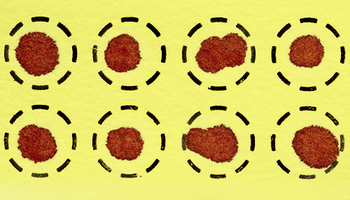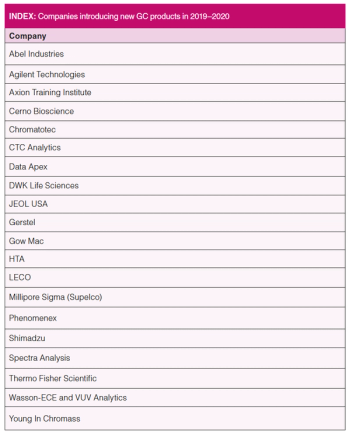The dried blood spot (DBS) sampling technique has been around for decades, predominantly for small molecules and mainly in newborn screening. Although determination of proteins after DBS sampling is usually performed with immunometric assays, the combination with mass spectrometry (MS) is gaining interest. This article provides an overview of DBS sampling for mass spectrometry-based protein analysis. The first part will focus on clinical applications for DBSs and on sampling other biological matrices apart from whole blood, including dried matrix spots (DMSs). The second part will explore the new frontiers of the DBS sampling technology, including novel sampling materials/devices, and novel combinations with mass spectrometry. Examples of use in both qualitative and quantitative protein analysis are highlighted as well as examples using both bottom-up and top-down proteomics approaches.





